Jeffrey N. Ross | May 2, 2024
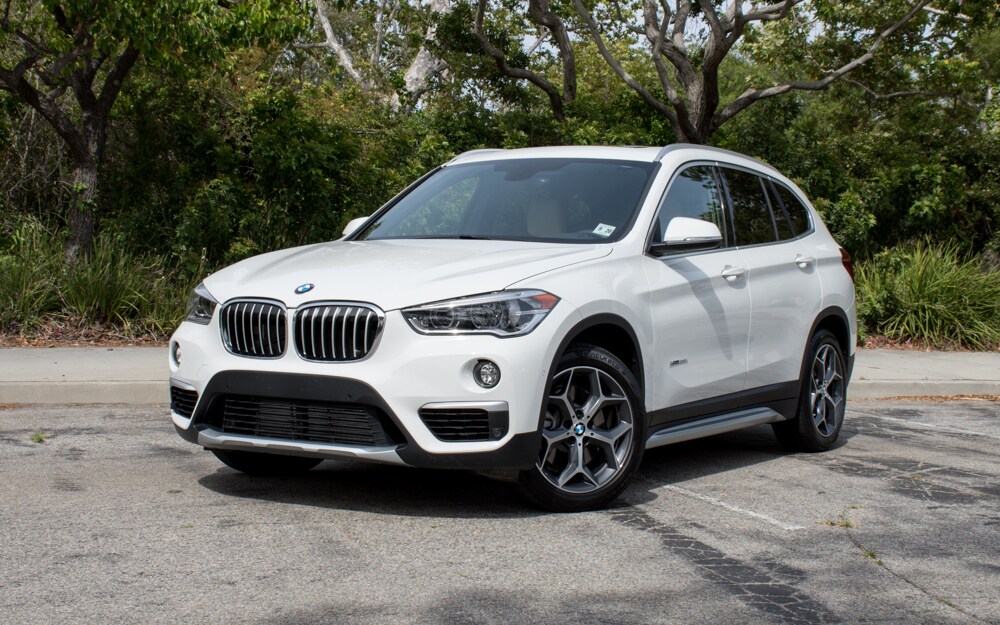
When discussing the distinction between CUVs and SUVs, the line between the two can seem blurred, and rightly so. Traditionally, there's a technical disparity, but as SUVs gain widespread popularity, the boundaries become less distinct. Take, for instance, the Honda CR-V, Mazda CX-9, and Jeep Grand Cherokee-all technically categorized as CUVs but commonly referred to as SUVs. Meanwhile, vehicles like the Lexus CT 200h, Mazda CX-3, and BMW X1 fall into the crossover category. Despite their chassis similarities, these vehicles often defy strict categorization, with many marketed as SUVs despite their CUV designation. This ambiguity underscores the complexity of the term "SUV" and its evolving definition in the automotive landscape.
CUV versus SUV: Storage Space
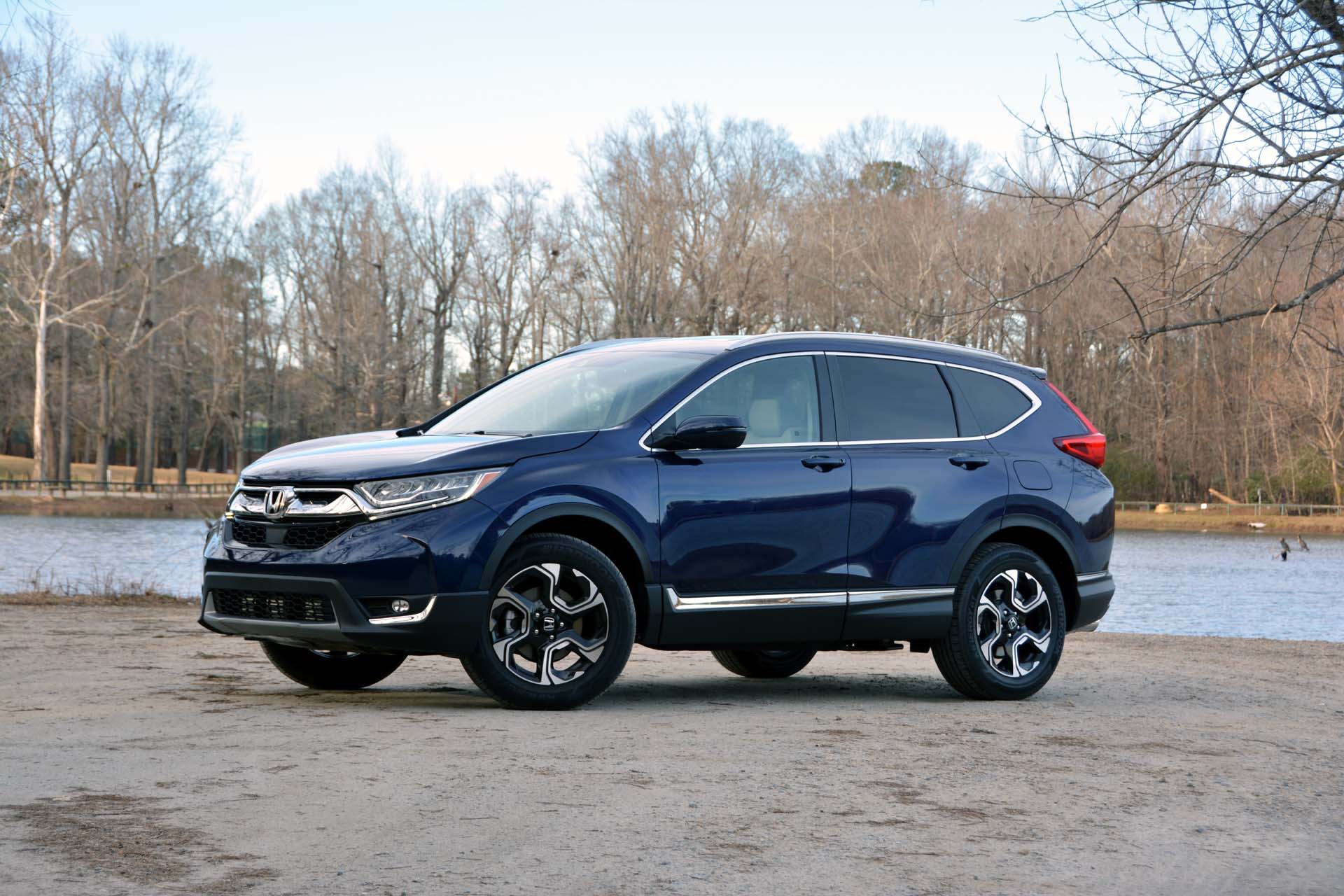
When comparing CUVs and SUVs, it's evident that they often share similar storage areas, leveraging common body structures and design elements. This shared design often results in comparable body outlines, driven by popular styling preferences and aerodynamic considerations. Notably, adherence to a specific shape is crucial for optimizing fuel efficiency, necessitating attention to minimal drag coefficient. While mid- to full-size SUVs typically boast third-row seating for enhanced passenger capacity, this feature is less common in CUVs, offered optionally or as standard in only a few models. While CUVs and small SUVs generally provide similar storage capacities, mid- to full-size SUVs distinguish themselves with larger, often boxier shapes, translating to significantly more storage space. It's worth noting that CUVs don't extend into mid- or full-size categories; those larger variants are typically referred to as wagons.
CUV versus SUV: Ride Height
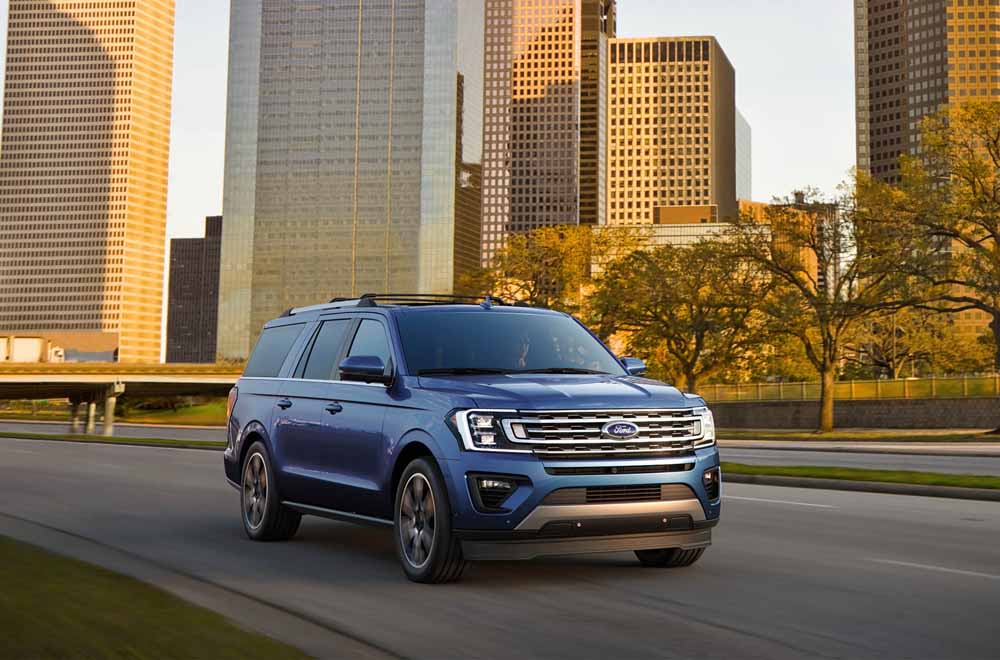
When comparing CUVs to sedans or coupes, one notable divergence lies in their ride height. While CUVs typically feature a ride height akin to that of sedans or coupes, they also share similarities with wagons in this aspect. However, CUVs distinguish themselves from wagons by offering a smaller cargo area. Despite this, they often boast similar ride heights, especially those equipped with all-wheel drive for light off-roading purposes. For instance, the Ford Explorer, although categorized among Ford's utility vehicles based on unibodies, sports a relatively low ride height compared to its counterparts. Hence, while ride height may not serve as a significant distinguishing factor, it remains an essential consideration in the CUV landscape.
Shop Ford Expedition Inventory
CUV versus SUV: Drivetrain
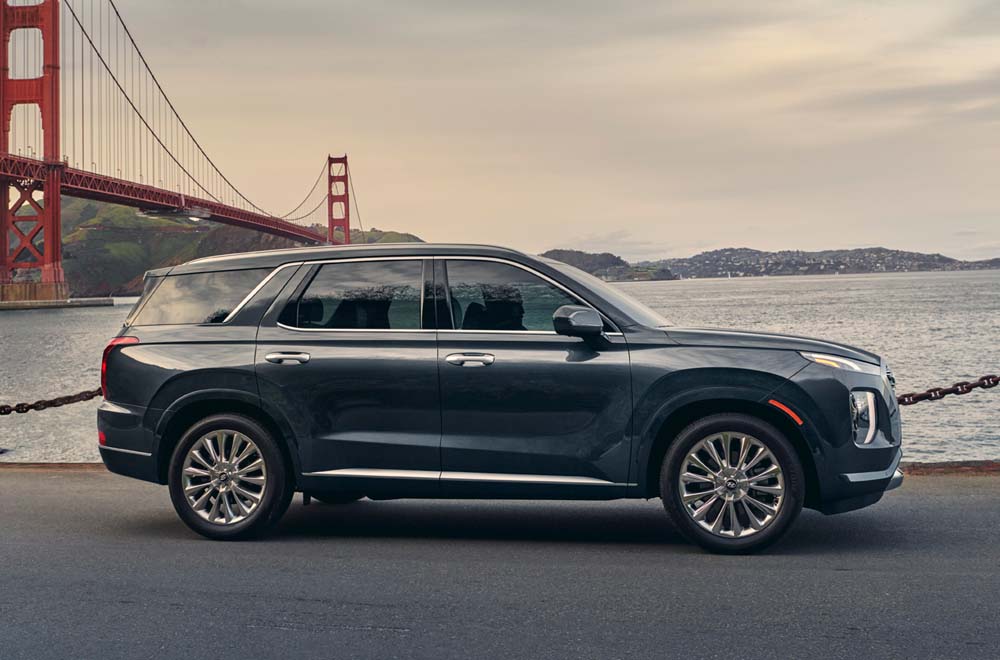
Discover the versatility in engine, transmission, and wheel drive configurations across various vehicle types, be it SUVs or CUVs. Whether you're debating between the two or seeking specifics on towing capabilities and torque outputs, this comprehensive guide delves into the similarities and distinctions. While mid- or full-size SUVs typically boast higher torque outputs to accommodate heavier towing, compact SUVs and CUVs offer comparable power options. Explore the seamless integration of engines and transmissions across these models, providing drivers with ample choices to suit their needs and preferences.
Shop Hyundai Palisade Inventory
CUV versus SUV: Chassis
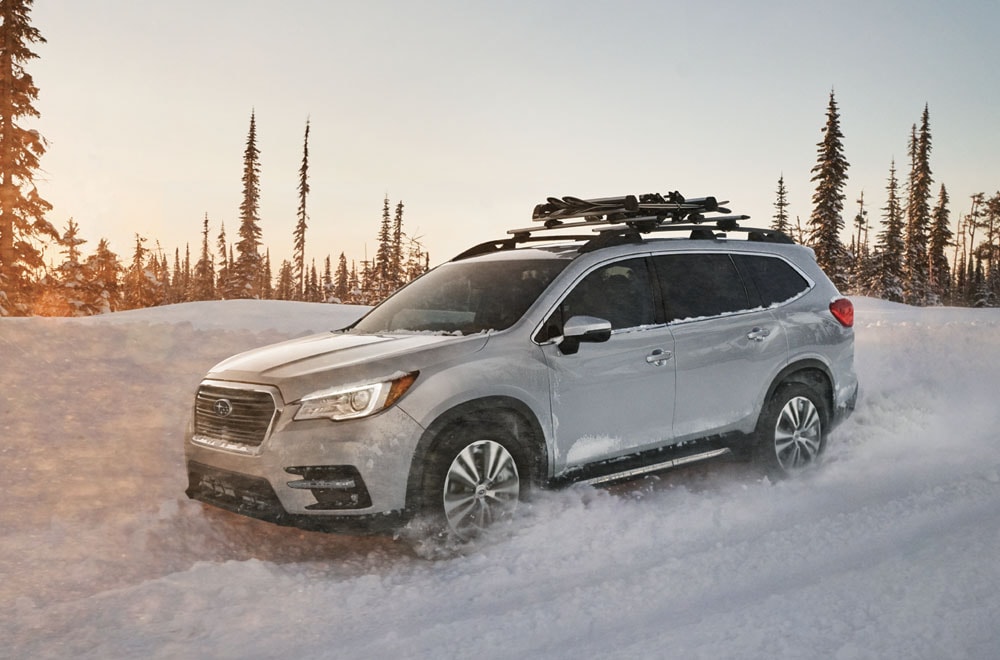
The distinction between SUVs and CUVs, traditionally rooted in their chassis origins-SUVs on truck chassis and CUVs on car chassis-is becoming increasingly blurred. Nowadays, the terms CUV and SSUV are often used interchangeably with SUV. Typically, CUVs feature unibody chassis, where the body and frame are integrated, while SUVs employ a body-on-frame construction akin to pickup trucks. Despite this technical disparity, the boundaries between CUVs and SUVs continue to fade, reflecting evolving automotive design and consumer preferences.
CUV versus SUV: Perception
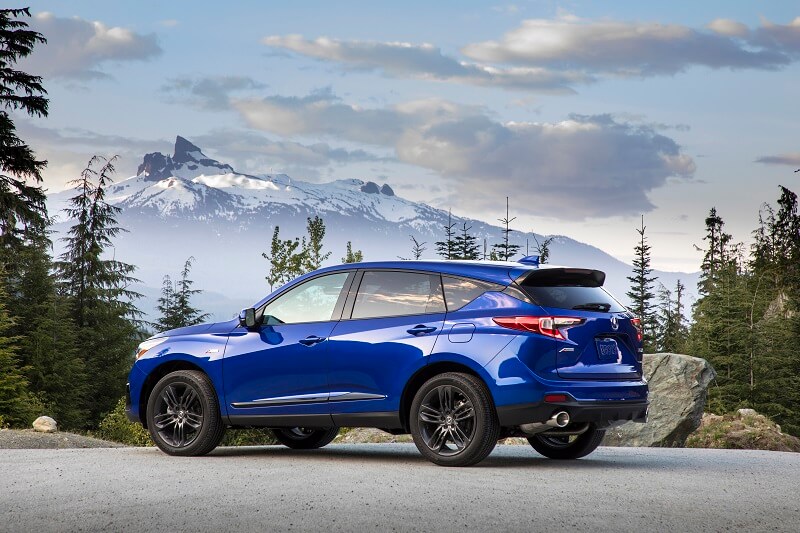
When it comes to positioning vehicles in the market, perception reigns supreme. If a manufacturer aims for consumers to perceive a vehicle as 'capable, rugged, or off-road-worthy,' it invariably falls into the SUV category. Conversely, if a vehicle prioritizes speed-tests and urban agility over traversing sand pits, it likely fits the CUV designation. The crossover utility vehicle (CUV) emerges as the preferred choice for those seeking a spacious, safe ride with a hint of sportiness. Despite this, many CUVs boast surprising off-road capabilities, thanks in part to the inclusion of all-wheel drive systems, enabling them to handle light off-roading like snowy or muddy conditions. Even compact SUVs punch above their weight in off-road prowess, often matching or exceeding their larger counterparts, despite their more modest dimensions tailored for city driving.
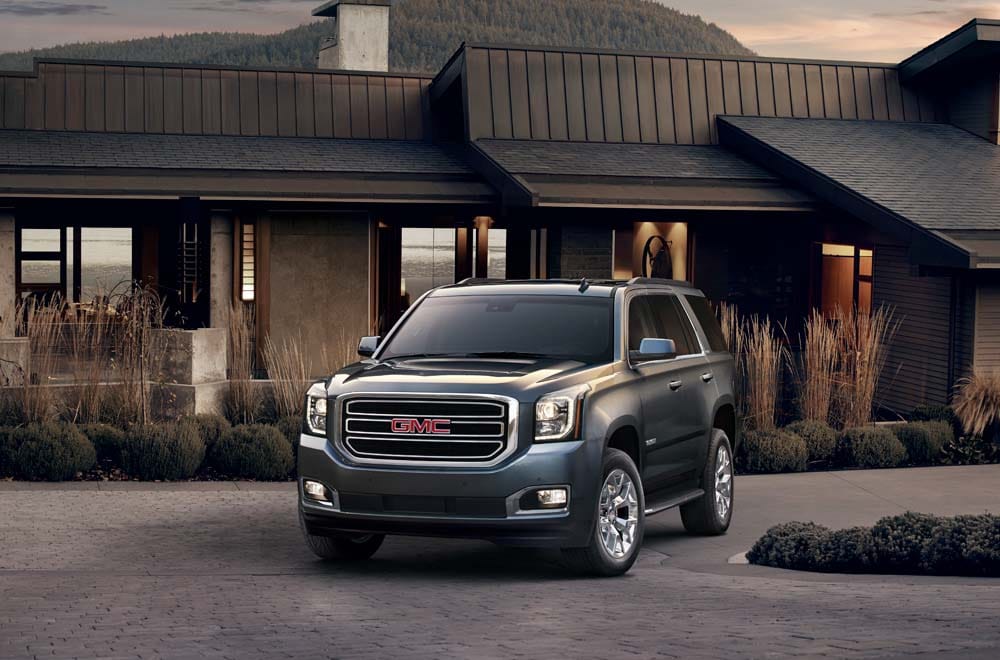
Used SUVs with 3rd Row Seating
More Americans are climbing into an SUV to get from here to there. Find the best SUV for you.
More Research
Browse more automotive research than you can shake a stick shift at.

Test Drive Reviews
Our automotive experts at AutoNation Drive weigh in on price, safety, and performance of popular cars, trucks, and SUVs.

Car Buying Advice
If you're buying a car, truck, or SUV, the chances are - you need help. Don't worry. Our automotive experts are here to help.